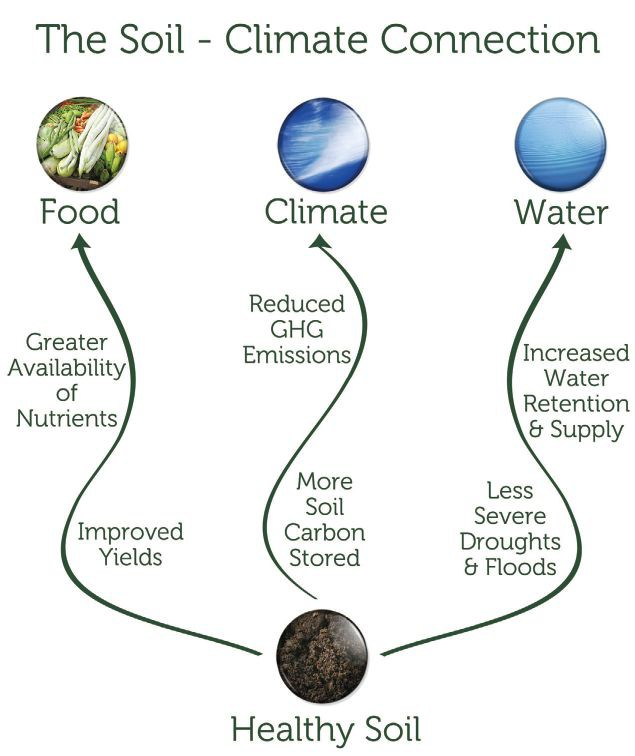Reprinted from the November/December 2014 issue of Resource, the magazine of the American Society of Agricultural and Biological Engineers, with permission from the publisher."‹
Demographers project that the global population will reach nine billion by 2050. While a very large number, nine billion is something we can only more or less imagine, given that the global population currently stands at 7.2 billion. Harder to picture is what living on Earth will be like in 36 years, and this makes it hard to anticipate the conditions under which we’ll be producing food.
Let’s start by looking at what we know is happening to the ecosystems that support life. Our species has caused a staggering amount of destruction: We’re spewing far too much carbon dioxide into the atmosphere and heating the planet. Indeed, scientists tell us that the safe upper limit of atmospheric CO2 is 350 parts per million, yet we crossed a very scary threshold, 400 ppm, in 2013. Extreme heat is accelerating moisture loss, reducing crop yields, and shifting growing regions. Additionally, excess CO2 is dissolving into the oceans, causing acidification and harming fish—a vital source of protein for one billion of the world’s most vulnerable people.
Is there anything we can do to lessen climate volatility and create a more food-secure future?
There is. Unlike the atmosphere and the oceans, there is one place in the global ecosystem that is actually suffering from a lack of carbon—the soil. Carbon in soil is essential for life, and storing it there doesn’t cause global problems; it solves them.

Through photosynthesis, plants capture carbon dioxide from the atmosphere using solar energy. That carbon dioxide is converted into carbohydrates that build plant matter as well as attract and feed beneficial microorganisms around the plant’s roots. While some of this plant matter eventually decomposes, releasing CO2 back into the atmosphere, a portion of it is stored in the soil as organic matter, keeping the carbon in a stable form. In short, plants act as carbon pumps, sucking up atmospheric CO2 and pumping it into the soil as stable carbon, where it can potentially remain for thousands of years!
However, through activities such as clearing forests, draining wetlands, plowing, overgrazing, and leaving ground bare, the world’s cultivated soils have lost between 50% and 70% of their original carbon stock. Upon exposure to air, carbon in soils oxidizes and becomes CO2.
This means we have an opportunity, at a global scale, to address this colossal deficit by feeding our carbon-hungry soils. Storing, or sequestering, carbon in the ground provides multiple benefits for climate stability, fresh water availability, biodiversity, and food security. It is a zero-risk, low-cost proposition that has the potential to move the earth’s carbon cycle back into balance. It also has universal application. Most importantly, we already know how to do it. We can rebuild soil carbon by adopting regenerative agriculture, which includes poly-culture, cover cropping, agro-forestry, and nutrient recycling through organic soil amendments like compost and biochar. All that stands in our way is political will.
I recently had the honor of speaking with Rattan Lal, considered by many to be one of the world’s preeminent soil scientists. I asked Professor Lal what he would tell people about the importance of restoring soil carbon. His answer was as simple and as elegant as the solution at hand: “We can meet world food demand only if we can restore soil quality through improving organic carbon stocks.”
If we feed our soils, they’ll feed us, and so much more.
The Center for Food Safety’s Cool Foods Campaign is working at the nexus of food and climate to communicate soil solutions to climate problems. We offer a fresh and empowering approach to potentially overwhelming challenges. We use a variety of platforms to disseminate critical and inspiring messages through easy-to-share infographics, straightforward articles, short videos, and accessible reports. We are also working with thought-leaders and policy-makers to add soil carbon sequestration to the toolkit of climate mitigation strategies.





